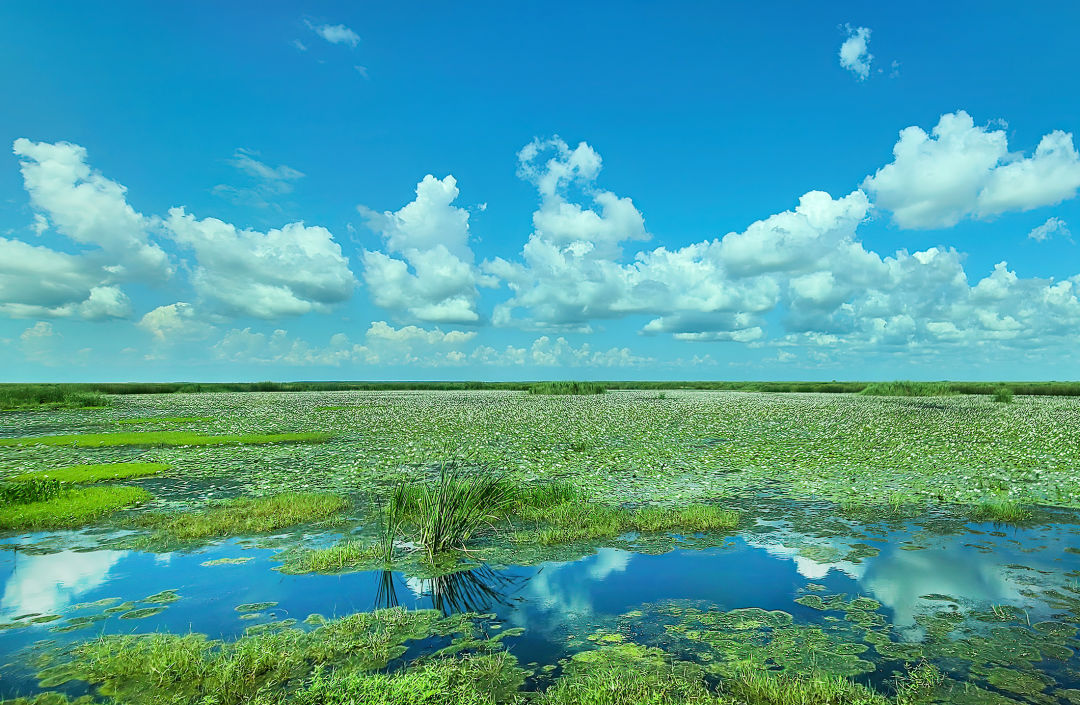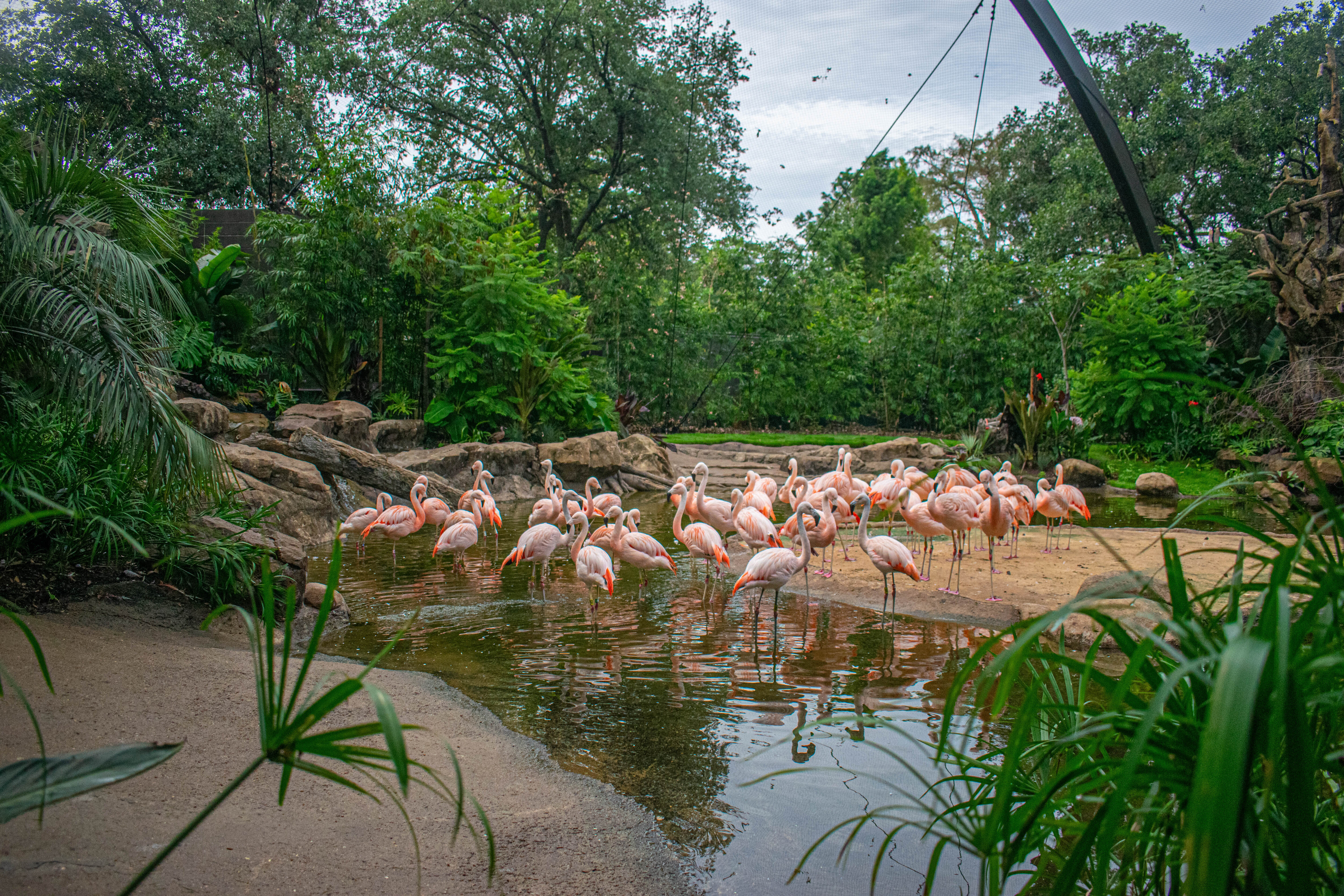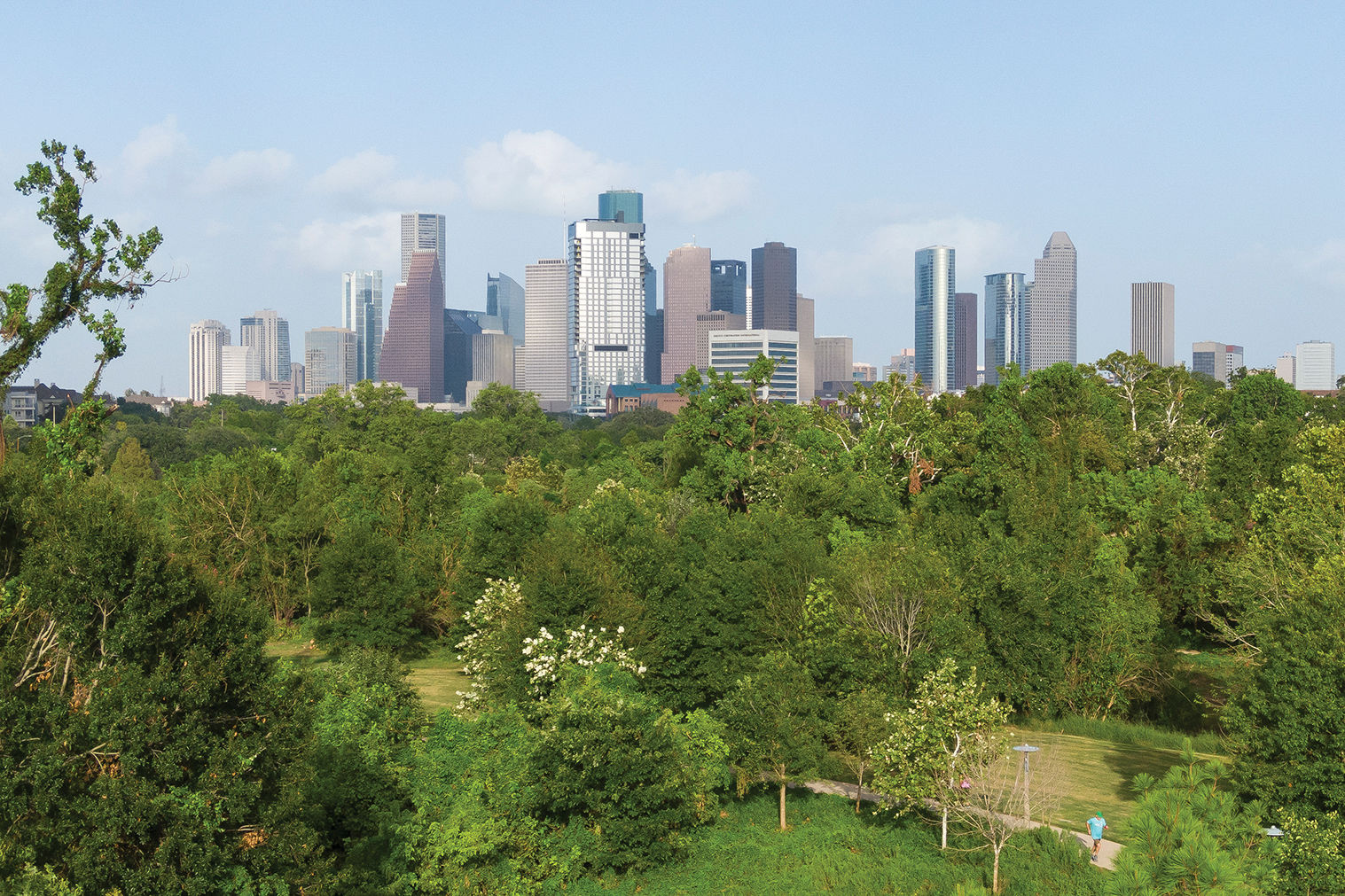Take a Day Trip to Anahuac National Wildlife Refuge

An escape from the madness of the city is sometimes needed, especially after a stressful work week—or month. Luckily for Houstonians, we’re surrounded by tons of hidden gems that can give us the serenity we’re looking for.
About an hour’s drive from Houston, the beautiful Anahuac National Wildlife Refuge makes for an ideal day trip. As one of three refuges in the Texas Chenier Plain, the 37,000-acre park, established in 1963, helps preserve the coastal marsh for migratory and resident waterfowl, shorebirds, and water birds like ducks and geese. The refuge has been designated as a Globally Important Bird Area, a Monarch Waystation, and a Western Hemisphere Shorebird Reserve Network Site of International Importance—so if you’re into birds and butterflies, this is your jam.
The refuge is also home to an abundance of other wildlife. Depending on when you visit, you might find yourself face to face with snakes, caterpillars, lizards, otters, raccoons, rabbits, coyotes, frogs, and eagles, among many, many other species.

Anahuac is open from 7am to 7pm year-round and is free of charge. The drive out of the city is easy, pretty much a straight shot once you hop onto I-10 east, on the other side of Trinity Bay. But beware: Once you’re off the highway, the drive can become confusing if you don’t know what you’re doing. Before entering the actual refuge, you’ll notice an official visitors center about four miles away (open Fridays through Sundays), home to a gift shop and some fun educational facts about the outdoors. The space also allows you to access to a photography blind and to the Cypress Trail, which spans about a quarter of a mile one-way. With a paved surface and boardwalk, the trail is great for those who want an easy walk in the forest, and it leads to a view of Lake Anahuac. The center’s Airboat Theater plays two movies—a nice little brain rot before you head on your adventure.
From the visitors center, hop back in your car and drive down the country roads to get to the wildlife refuge. There’s plenty of signage to let you know you’ve made it. Just outside, near the restrooms, you can grab pamphlets with information on the refuge, birds found in the area, a map of the trails, and even a free newspaper from the Galveston Ornithological Society. The visitor information station inside the refuge (open seven days a week during birding season; Fridays through Sundays otherwise), has interactive fun facts about the wildlife and a replica of a small alligator that’s particularly fun for the kiddos. Forgot to come prepared with snacks, drinks, or bug spray? No worries, the shop has all you need.
Now the real fun begins. Set out on foot to the 0.71-mile Willows Trail and butterfly garden. On your hike—a term used loosely because it’s all relatively flat—you’ll pass a pollinator garden and a freshwater marsh with willows, hence the name. In the marsh, you’ll also see some turtles wading around, but please, don’t go off trail to touch them.

Image: Sofia Gonzalez
The hike is partially on an elevated boardwalk, so if you’re terrified of snakes, you’ll be safe, we promise. There are also benches along the way if you get tired, or just need time to soak all the nature in. Given that we’re city folk, the best part about the refuge is its serenity. Close your eyes, and the humming of Houston’s traffic is replaced by birds chirping and the sound of the breeze in the trees.
Once you’ve finished the Willows Trail, head across to the Hackberry Trail, which is about .7 miles. This one is gravel, so watch your step. The path leads to two observation platforms, making it great for wildlife watching and birding.
After you’ve gotten some steps in, head back to your car, roll your windows down (maybe pretend you’re in a major motion picture, too) and get ready to drive along the 2.64-mile Shoveler Pond auto loop. This road surrounds a 220-acre freshwater impoundment, letting you get up close and personal with some of the refuge’s wildlife. During the drive, you can stop along the way to read more about what lives in the water, or to take pictures. The auto loop also has a .14-mile boardwalk—but watch for bird droppings.
If fishing is your thing, then Anahuac National Wildlife Refuge is your perfect escape. There are plenty of boat ramps, and if you follow signs for the Frozen Point access area, you’ll find yourself on the coast with plenty of options to set up for the day to see if anything bites (just remember your fishing license). The refuge also allows hunting—duh, we’re in Texas. Hunters have access to about 40 percent of its acres, including free and fee zones. Before your trip, make sure to check with the main office for regulations and correct zones. We wouldn’t want you to get in trouble.
The refuge also offers other trails and activities in the 314-acre Skillern Tract, located along the East Bay Bayou, home to rice fields and wooded areas. Two of the trails, Honeysuckle and Live Oak, end with a fishing platform, while the Rookery Trail crosses the bayou and winds through hardwoods, leading to an observation platform.
The refuge is a nature lover’s dream, and a nice, peaceful reset we’re lucky to have right in our backyard.




